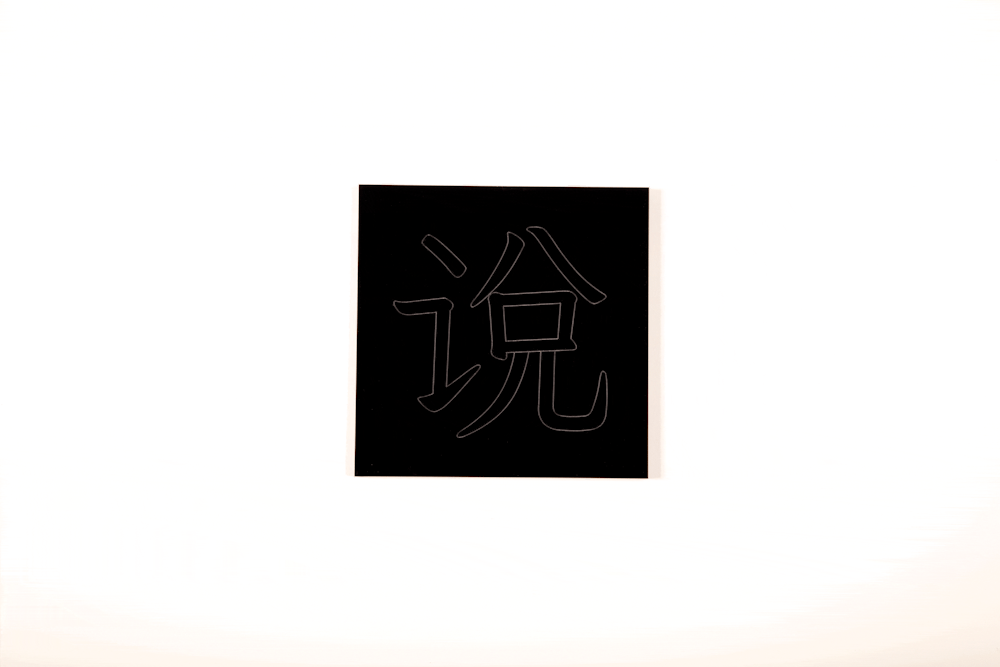Wei-Chen Vivian Hsieh
"Fractured Characters: Dialogue Across Borders"
This project explores the cultural and political tensions between mainland China and Taiwan through the lens of language, specifically their divergent writing systems. Writing Traditional Chinese in mainland China or Simplified Chinese in Taiwan is often perceived as a typographical error. The project draws on these ‘mistakes’ to reflect failures in communication between the two regions. Focusing on the characters 聽/听 (listening), 說/说 (speaking), 讀/读 (reading), and 寫/写 (writing), the former in Traditional Chinese and the latter in Simplified Chinese, the project reimagines language as a series of fragmented, deconstructed 'objects' that audiences can physically interact with. These characters represent fundamental aspects of linguistic communication, central to how we engage with others across cultural and political divides. The tactile and intimate interaction blurs the line between passive observation and active participation, encouraging reflection on how the role of language shapes the identity and communication within the context of geopolitical borders.
The fractured forms offer unknown narratives for reconstructing meaning. The audiences, whether Chinese or non-Chinese speakers, are encouraged to manipulate the characters and create impossible formations, reflecting the fluid and unstable nature of cultural and linguistic boundaries. Through intuitive, abstract, and sensory levels of interaction, the project aims to foster cross-cultural/cross-border dialogue, making complex issues of language and communication more accessible. Failure becomes an opportunity for learning and engagement, which encourages a broader audience to reconsider how language functions as both a barrier and a bridge, demonstrating how language interactions can generate both confusion and connection.
By treating language as a border, the project turns the written word into a visual metaphor for tension, miscommunication, and identity. By transforming communication into a hands-on, shared experience, the project allows viewers to explore the evolving nature of linguistic and political borders. It reveals how cultural expression, through language, can signify belonging, exclusion, or misunderstanding—ultimately turning failure into a chance for reinterpretation, dialogue, and engagement.







